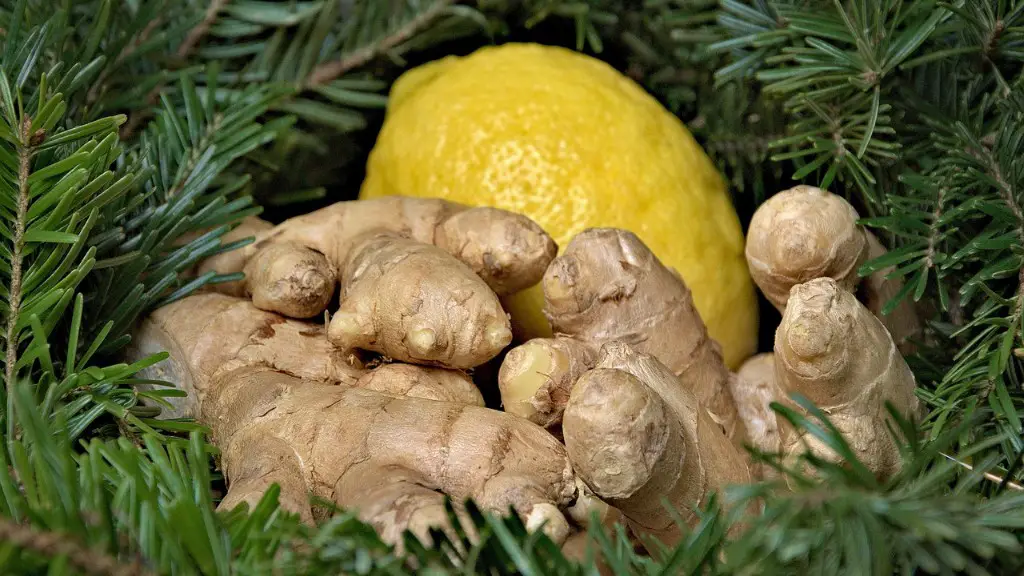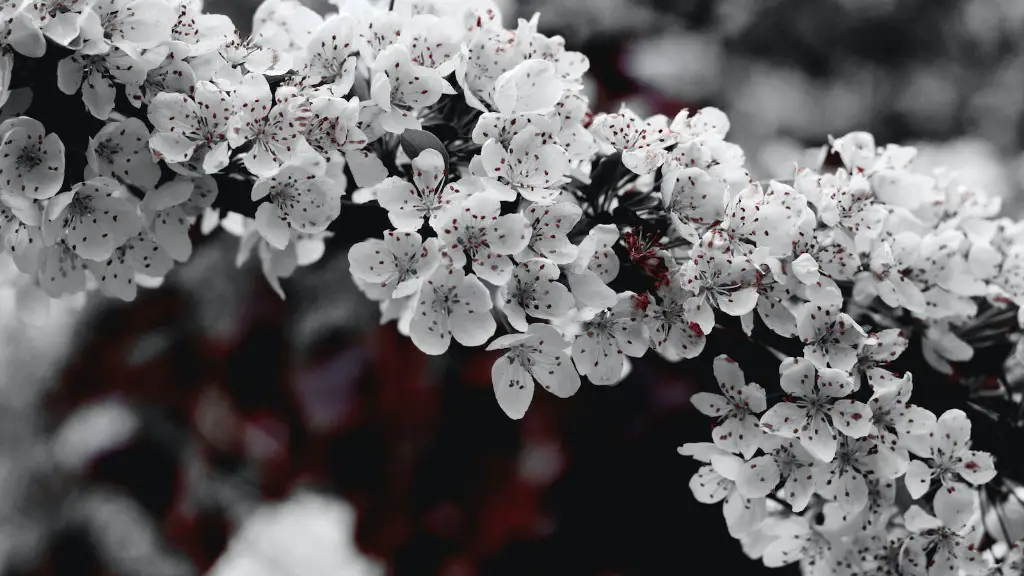If you’re looking to buy a lemon tree, then you’ll have plenty of options to choose from. Some people recommend buying a lemon tree from a local nursery or garden center, while others prefer to purchase one online. The best option for you will depend on your personal preferences, budget and circumstances. Here are some things to consider when buying a lemon tree.
First, decide whether you want an outdoor or indoor lemon tree. Most lemon trees are grown outdoors, although they can also be grown indoors. If you live in a colder climate, you may need to keep an outdoor lemon tree in a greenhouse or similar shelter in winter. On the other hand, an indoor lemon tree can provide a unique, lively addition to any home or workspace.
When shopping for a lemon tree, look for one with healthy, robust leaves. Choose a tree that has green and glossy leaves, with no signs of yellowing or other discoloration. Avoid trees with any brown spots, as these may indicate disease or damage. Healthy leaves on a lemon tree are a good sign that the tree is in great condition.
Another important consideration is the size of the tree. If you’re looking for a smaller tree, look for one that’s at least two or three feet tall. You may even be able to find dwarf varieties of lemon trees that produce the same amount of fruit as other trees but are slightly smaller. A larger tree will need larger pots and pruning to maintain its size.
Find out what kind of lemon tree you’re buying. There are many varieties of lemon trees, including Meyer, Mexican, Eureka, and Lisbon. Each variety offers its own unique flavor and characteristics. You’ll also want to find out how many years your lemon tree has been established, since younger trees may not produce as much fruit.
Finally, consider where you want to buy your lemon tree from. Shopping your local nursery or garden center is often cheaper than buying from an online store, but if you want the convenience of shopping from home then buying online is the way to go. Make sure to compare prices, read customer reviews, and purchase from a reputable seller.
Where to Buy a Lemon Tree
When looking for a lemon tree, it’s important to know where to buy one. The most common places to purchase a lemon tree are in your local nursery or garden center, or from an online store. Both of these options have their own benefits and downsides, so it’s worth considering what’s most important to you.
If you’re after the convenience of buying online, there are several online stores offering a range of lemon tree varieties. Online stores usually have a wider range of trees than local nurseries, as well as equipment like soil and fertilizer for your tree. Make sure to read customer reviews about the quality of the trees and level of customer service, and compare prices with other stores, to make sure you’re getting the best offer.
Shopping in person at a nursery or garden center presents its own advantages, too. You can inspect the tree before making a purchase and choose the healthiest one, so you know you’re getting a quality specimen. You’ll also be able to ask questions of the staff and get helpful advice on how to care for your lemon tree.
Keep in mind that there might be cheaper prices online, but the ultimate price might end up being higher once you add on shipping costs. In addition, not all online stores provide returns or exchanges, so you may be stuck with the lemon tree you purchased if something goes wrong.
Whichever store you buy from, make sure to do your research and shop around for a healthy lemon tree and a good price. Don’t forget to take into account any shipping or delivery costs and the climate in your area.
Lemon Tree Varieties
When shopping for a lemon tree, you may be overwhelmed by the variety of options to choose from. While all lemon trees are similar in that they grow well in warm climates and require ample sunlight and water, each kind of lemon tree comes with its own distinctive look, flavor, and characteristics. Here’s a quick guide to the most popular types of lemon trees.
The Meyer lemon is a hybrid of an orange and lemon and is much sweeter than regular lemons. Its thin skin makes it easier to zest and its softer texture makes it ideal for desserts. It’s a great choice for those looking for a sweeter lemon flavor.
The Mexican sour lemon tree is a popular choice for those living in cold climates. This tree is smaller and heartier than other varieties, and its lemons are more tart and acidic. The Mexican lemon tree is also tolerant of temperatures as low as 10°F.
The Eureka lemon is a true lemon, with the sharp and tart flavor that most people are looking for in a lemon tree. It’s the most common variety of lemon grown in the US, and it’s relatively easy to find. The Eureka lemon tree is also self-fertile, so it only needs one tree to produce fruit.
Finally, the Lisbon lemon tree is known for its thinner, more aromatic lemons. It’s a hybrid of a lemon and citron, making it sweeter and less acidic than other varieties. The Lisbon lemon tree has a longer shelf life than other kinds, making it a great choice for those looking to store their lemons for future use.
Whichever variety you choose, make sure to follow the care instructions for your lemon tree to ensure it stays healthy and continues to produce fruit. Each kind of lemon tree requires different conditions, so be sure to look into the type you’ve chosen before you start planting.
Caring for Your Lemon Tree
In order to keep your lemon tree healthy and producing fruit, it needs the right environment and care. Lemon trees require abundant sunlight and regular water, with well-draining soil and good air circulation. Keep in mind that lemon trees grow best in slightly acidic soil with a pH of 5.5-7.0.
When selecting a location for your lemon tree, look for an area that receives ample sunlight, whether indoors or outdoors. Citrus trees need six to eight hours of sun a day, so pick a spot where the tree won’t be shaded by other plants or structures. Place your lemon tree in a pot with a proper drainage system and make sure to keep an eye out for pests, such as mealybugs, whitefly, and scale.
Water your lemon tree regularly, making sure the soil doesn’t dry out between each watering. Be sure not to overwater, as this can lead to root rot and disease. If you’re growing your lemon tree outdoors, you may want to consider building a watering system so the tree gets a constant supply of water. For indoor trees, you can use a humidity tray that should be replenished every few days.
Make sure to prune your tree appropriately to ensure that it grows to its proper size. When pruning, you should look for any dead, broken, or diseased branches and cut them back. For a lemon tree to produce good fruit, you’ll need to fertilize it with a citrus tree fertilizer every few months.
Taking care of a lemon tree can be time consuming and challenging, but if you provide the right conditions and care, your lemon tree will be happy and healthy and will reward you with plenty of delicious lemons each season.
Diseases and Pests
Pests and diseases are a common problem for lemon trees. Unfortunately, pests and disease can cause significant damage to your lemon tree and in some cases, even kill the tree. It’s important to be aware of the most common pests and diseases and the signs of each so that you can take the necessary steps to protect your tree.
One of the most common pests of citrus trees is the citrus mealybug. These small, white insects feed on the sap of the tree and lay eggs in crevices and on the underside of leaves. If left unchecked, they can cause damage to the tree and greatly reduce the quality of the lemons.
Another common problem is citrus rust mites, which are invisible to the naked eye. These mites feed on the foliage of the lemon tree, resulting in brown spots and blotches on the leaves. This damage can weaken the leaves and reduce the tree’s overall growth.
The most common citrus diseases are Citrus Canker and Citrus Tristeza. Both of these diseases are caused by viruses and can be spread from one lemon tree to another. Citrus Canker causes yellow spots on the leaves, while Citrus Tristia can affect the tree’s vascular system, causing the tree to become weak and eventually die.
If you spot signs of pests or disease, contact an expert for advice on how to treat them. For severe infestations, you may need to cut off the affected branch and dispose of it safely. Make sure to disinfect your tools and gloves to prevent the spread of disease.
With regular pruning, proper care and monitoring for pests and disease, you can ensure that your lemon tree stays healthy and continues to bear fruit each year.




